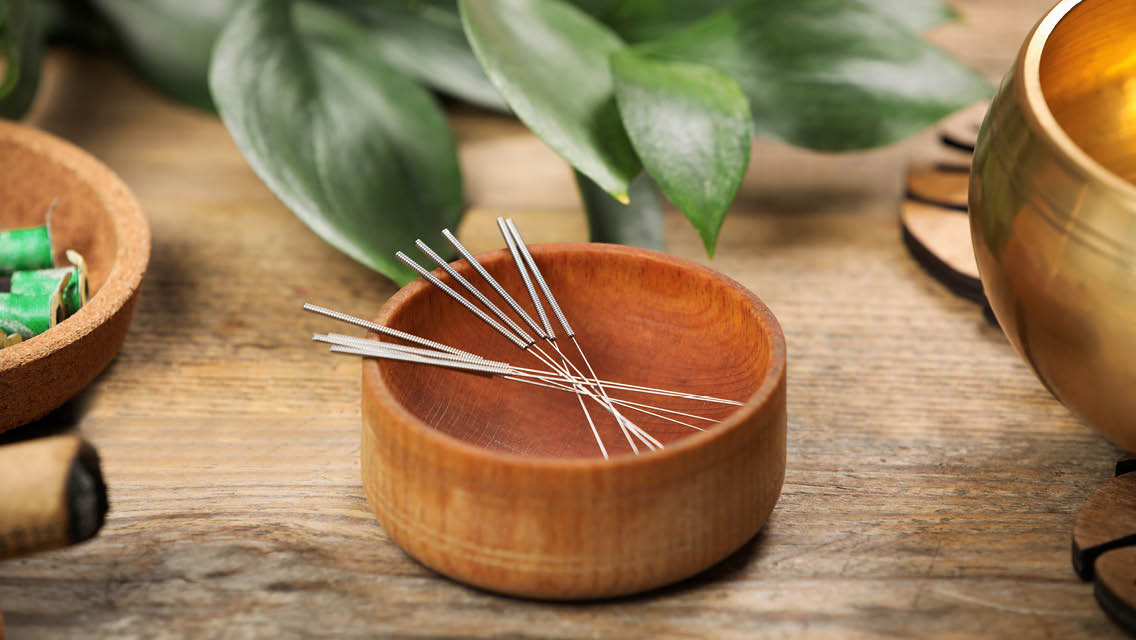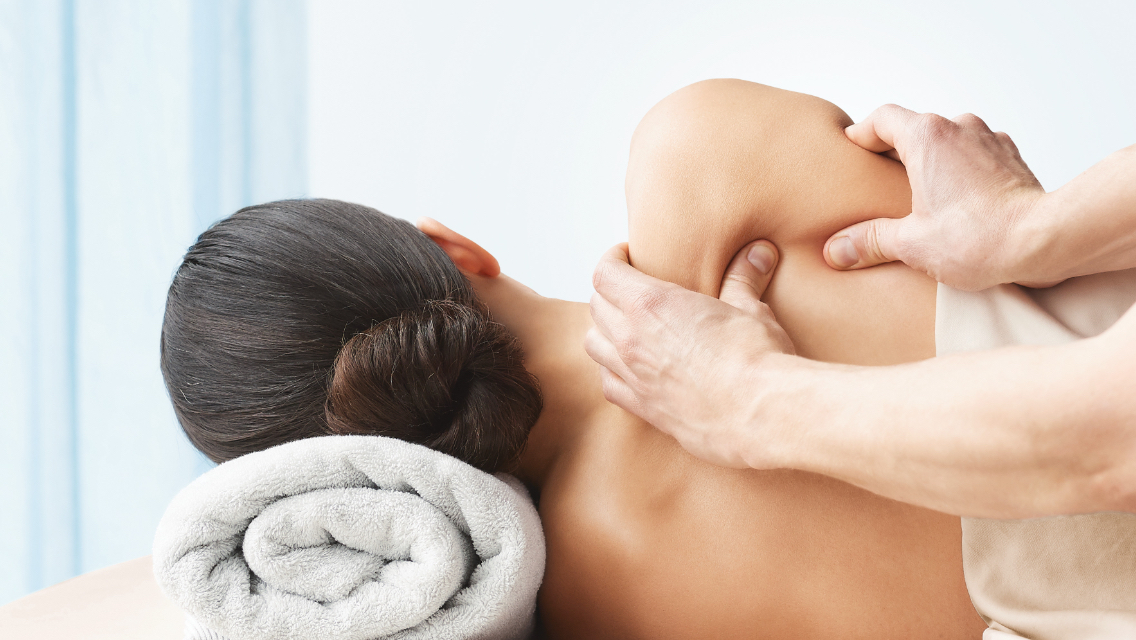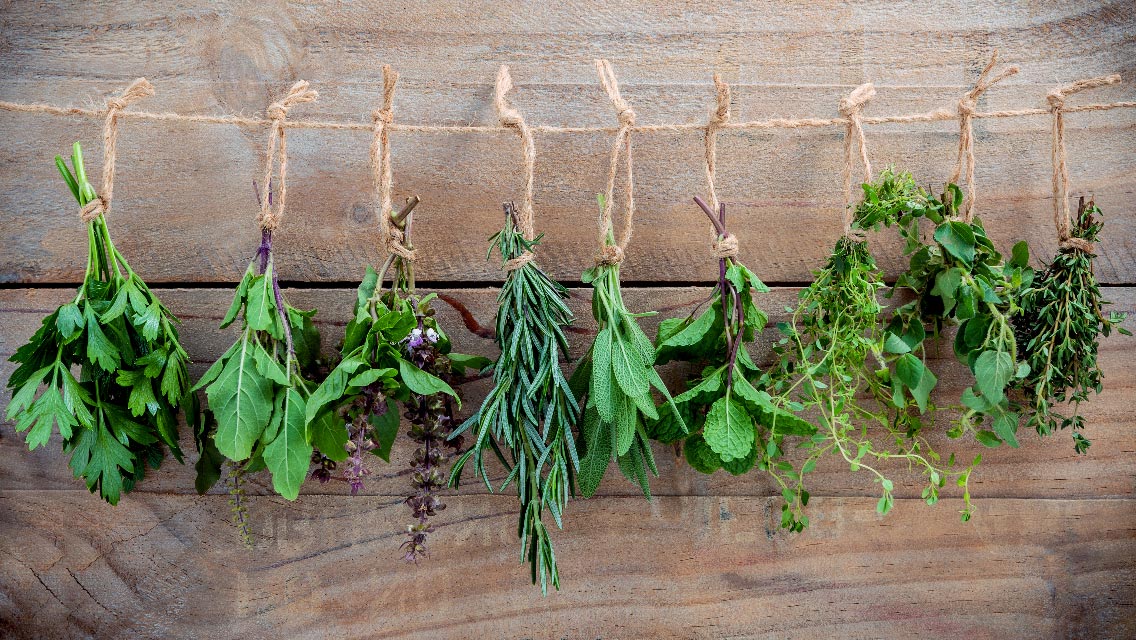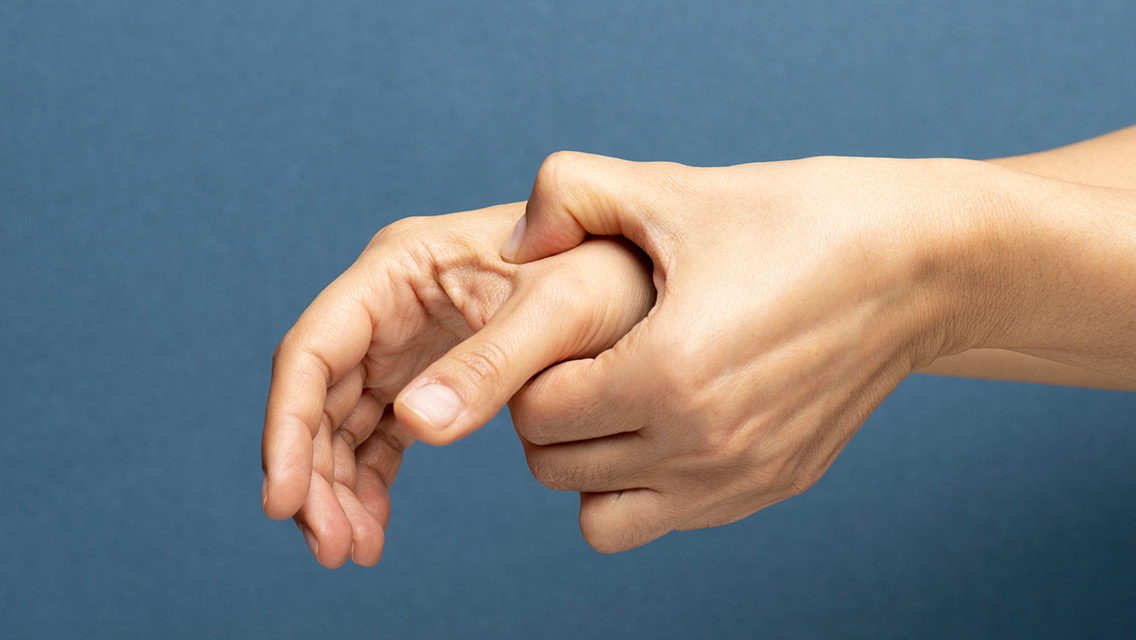Traditional Chinese Medicine practitioners use a range of tools to remove obstacles and help reestablish balance in the body. Here are four of the most common practices:
1) Acupuncture
If the meridians are the body’s highways, says Di Guan, LAc, DAOM, who practices acupuncture and Chinese medicine at Shén Acupuncture and Meditation Studio in Minneapolis, then acupuncture needles are like traffic conductors. Acupuncturists insert thin needles (usually painlessly) into specific points to help direct blood, fluids, and energy where they need to go.
“We want to keep traffic flowing smoothly and evenly,” she explains. “Whenever we feel there’s a qi deficiency, we use needles to direct qi toward that area to ‘tonify’ it. Where there’s a stagnation, we use needles to disperse it.”
Acupuncture treatments are highly customized and are tailored to the patient’s pattern of imbalance. Still, not every pattern is unique, and some are especially common. As a student, Megan Odell, LAc, MS, acupuncture lead at the Penny George Institute for Health and Healing observed a professor from China sigh deeply after a busy day of seeing patients. “Why does everyone here in the United States have the same pattern?” he asked.
“He was describing liver–spleen disharmony, which is what we often see when people have poor diets, stress, and repressed emotions,” Odell says. Perhaps unsurprisingly, this pattern often exists alongside symptoms of depression and poor digestion.
In TCM, there’s no distinction between the mind and body, and practitioners don’t perceive thoughts or emotions as causing physical symptoms, or vice versa. Instead, mental, emotional, and physical symptoms arise together, like a traffic jam, and acupuncture helps get things moving again.
2) Diet
As a baseline, TCM generally recommends a “clear, bland diet” to facilitate digestion. “Think of the stomach as a stew pot,” Odell says. Easily digested foods can be “metabolized and transformed into qi, and the waste easily removed.”
TCM mostly eschews cold, raw, processed, fried, and oily foods as too much work for the digestive system. “You want to emphasize broth-based soups, stews, cooked vegetables, a little bit of meat — things that are going to be warm and nourishing,” she notes.
And depending on a person’s specific pattern of imbalance — whether an excess or deficiency of heat or cold — a practitioner may make dietary recommendations for counterbalance. Onion, garlic, ginger, chilies, red meat, coffee, and spices such as cumin, turmeric, cayenne, and coriander are considered warming in TCM. Sweet fruits, bitter greens, leafy vegetables, raw foods, and peppermint are considered cooling.
3) Herbs
A key component of medicine, herbs are often prescribed in combination with acupuncture to correct imbalances. “We have more than 300 herbs we can use, and each one has its own properties or characteristics, from cold to cool to warm to hot,” Guan says.
Notably, in the TCM context, “herbs” describes more than plants. Herbal formulas may also come from stones, minerals, or animal products, and they typically contain multiple ingredients in synergistic combinations. “We have a thick book of formulas that go back 2,000 years,” Odell says. Practitioners who make their own herbal formulas may tweak them to address the needs of a particular patient.
4) Bodywork
TCM uses a variety of movement and massage modalities to facilitate the smooth flow of qi, blood, and fluids:
- Qigong integrates posture, movement, breath, and self-massage to promote qi generation and circulation.
- Tai chi incorporates fluid movements to move qi along the meridians.
- Acupressure involves applying manual pressure, instead of acupuncture needles, to acupoints.
- Cupping applies cups to the skin to create suction. It’s like “massage in reverse,” says Blakeway. “It’s pulling up instead of pushing down, lifting the fascia to create more space so fluids can run through and clean out debris.”
- Moxibustion involves heating a sage-like herb called mugwort and holding it above an area of the body to warm it. “Moxa has a very penetrating infrared heat that goes into the muscle and can be particularly relieving,” she explains.
- Gua sha involves rubbing a spoon or specialized stone repeatedly against the skin. The goal is to reduce stagnation and increase circulation of qi, promoting the body’s ability to remove debris and restore tissue.
This was excerpted from “How Does Traditional Chinese Medicine (TCM) Support Your Health and Well-Being?” which was published in Experience Life.





This Post Has 0 Comments